Header: Porsche AG
A collaboration between the Norman Foster Foundation and Porsche has resulted in a new installation titled “Gateway to Venice’s Waterway”, which brings together architecture, design, and electric mobility in response to the changing needs of contemporary cities. The 37-metre structure was developed by architects from the foundation and designers from Porsche as a conceptual mobility hub for Venice, one of the world’s most historically significant but logistically complex cities. The installation is being presented as part of the Biennale Architettura 2025, during the vernissage at the Arsenale, and is included in Porsche’s ongoing design initiative, “The Art of Dreams”.
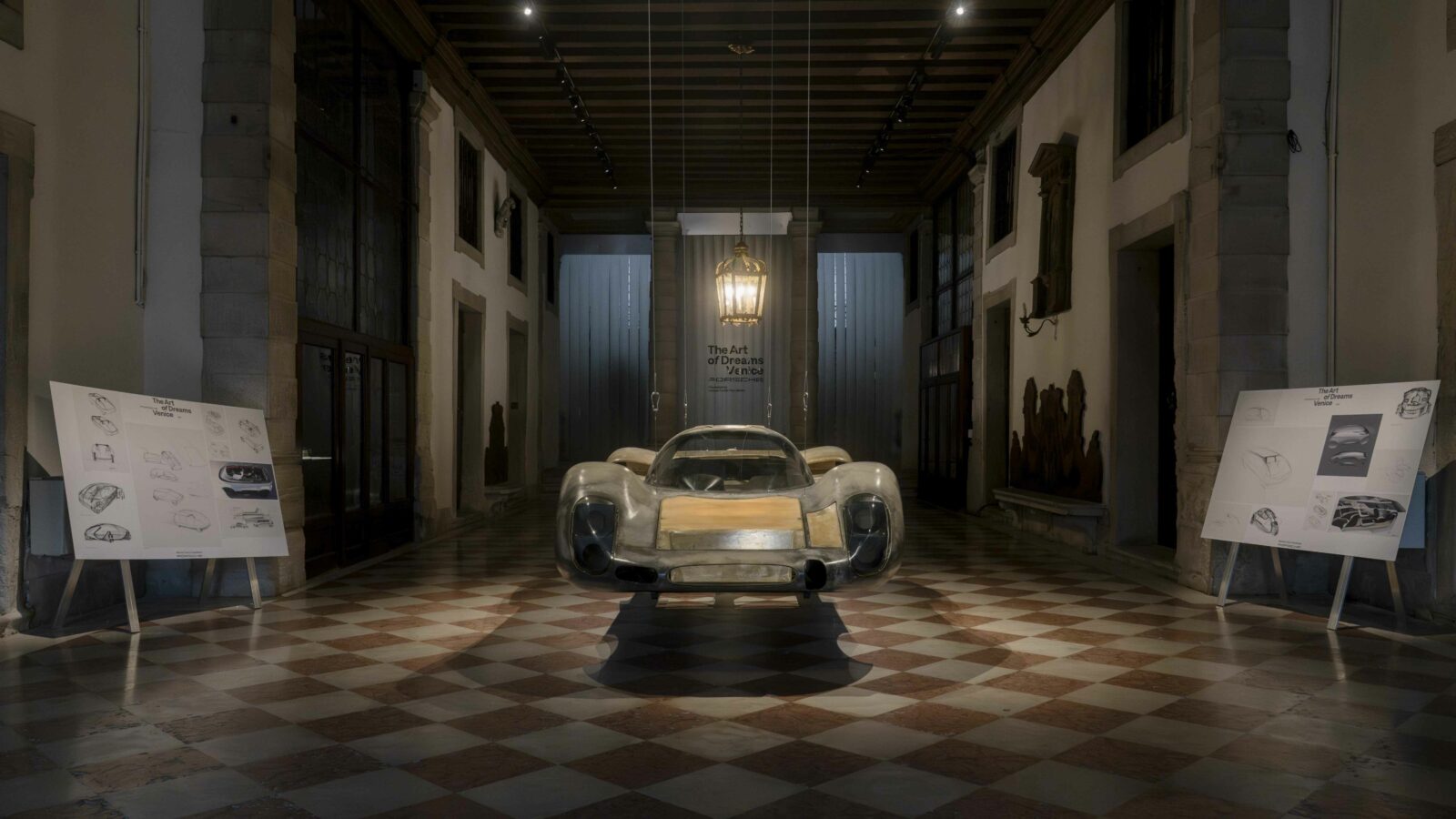
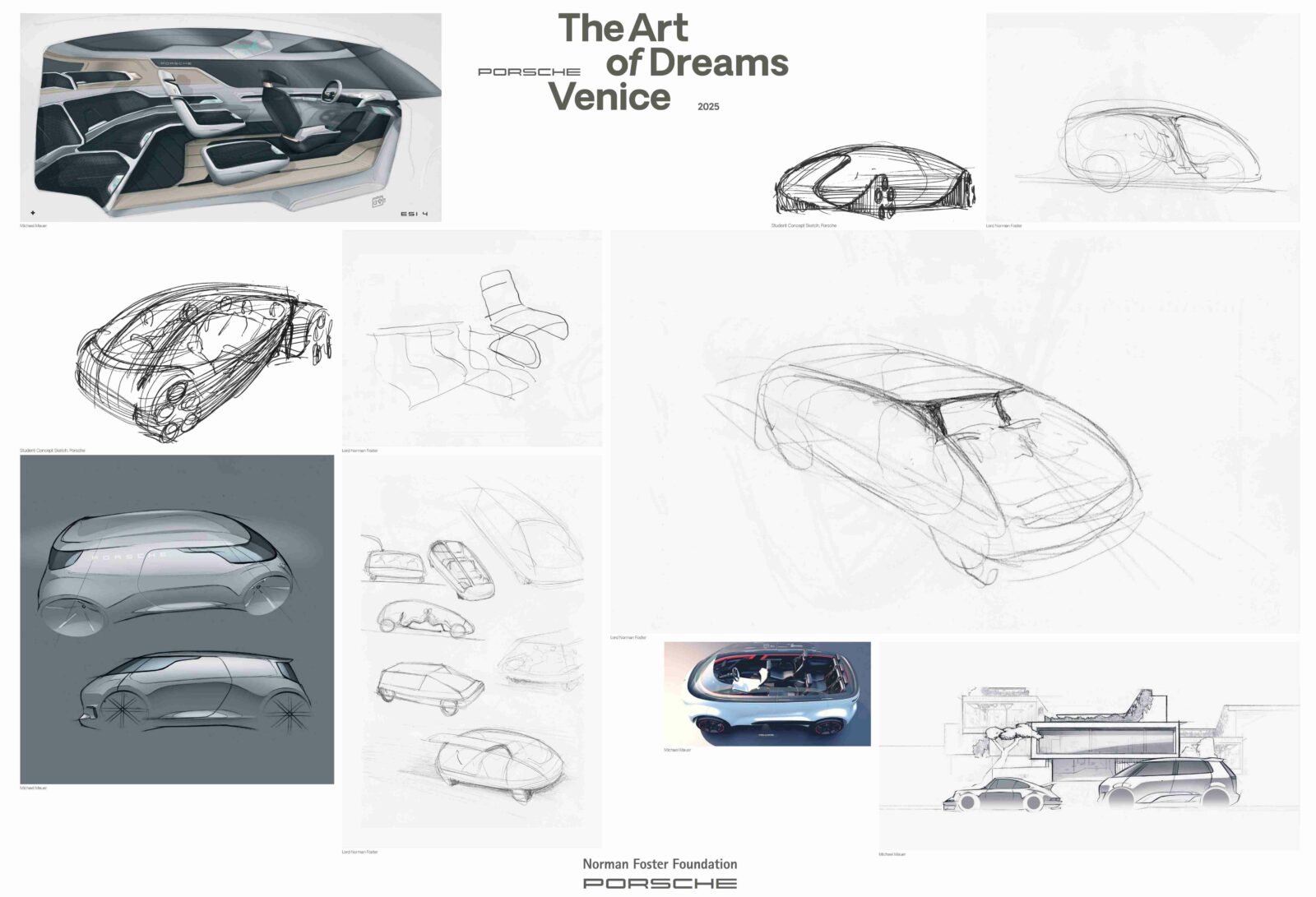
Urban mobility, sustainably advanced
The project intends to be seen as a practical and symbolic entry point into a wider conversation about sustainable transportation in cities shaped by water. The lightweight aluminium structure, inspired by the lattice framework of Porsche’s 908 race car, acts as both a pedestrian bridge and a dock, forming a direct link between land-based and water-based forms of electric mobility. Several zero-emission vehicles will be on display and in use during the opening week of the Biennale, including the Frauscher x Porsche 850 Fantom Air (an electric boat using the drive system from the new Macan Turbo) and Schiller water bikes, which offer a quieter and more environmentally friendly way to navigate the canals.
The new installation is set to connect historical elements with modern design principles: its open structure and rhythmic geometry reference Venice’s long tradition of bridges, while its kinetic outer surface, which was modelled on the cube pattern of the new Porsche Macan, proves that industrial design can be adapted to architectural projects. A focus on sustainability runs throughout the project, not only in how recycled and energy-efficient materials were used but also in the modular, low-impact way it interacts with the environment. Furthermore, these thoughtful details align with this year’s Biennale theme: Intelligens. Natural. Artificial. Collective, which explores how nature, technology, and community thinking can merge to shape future cities.
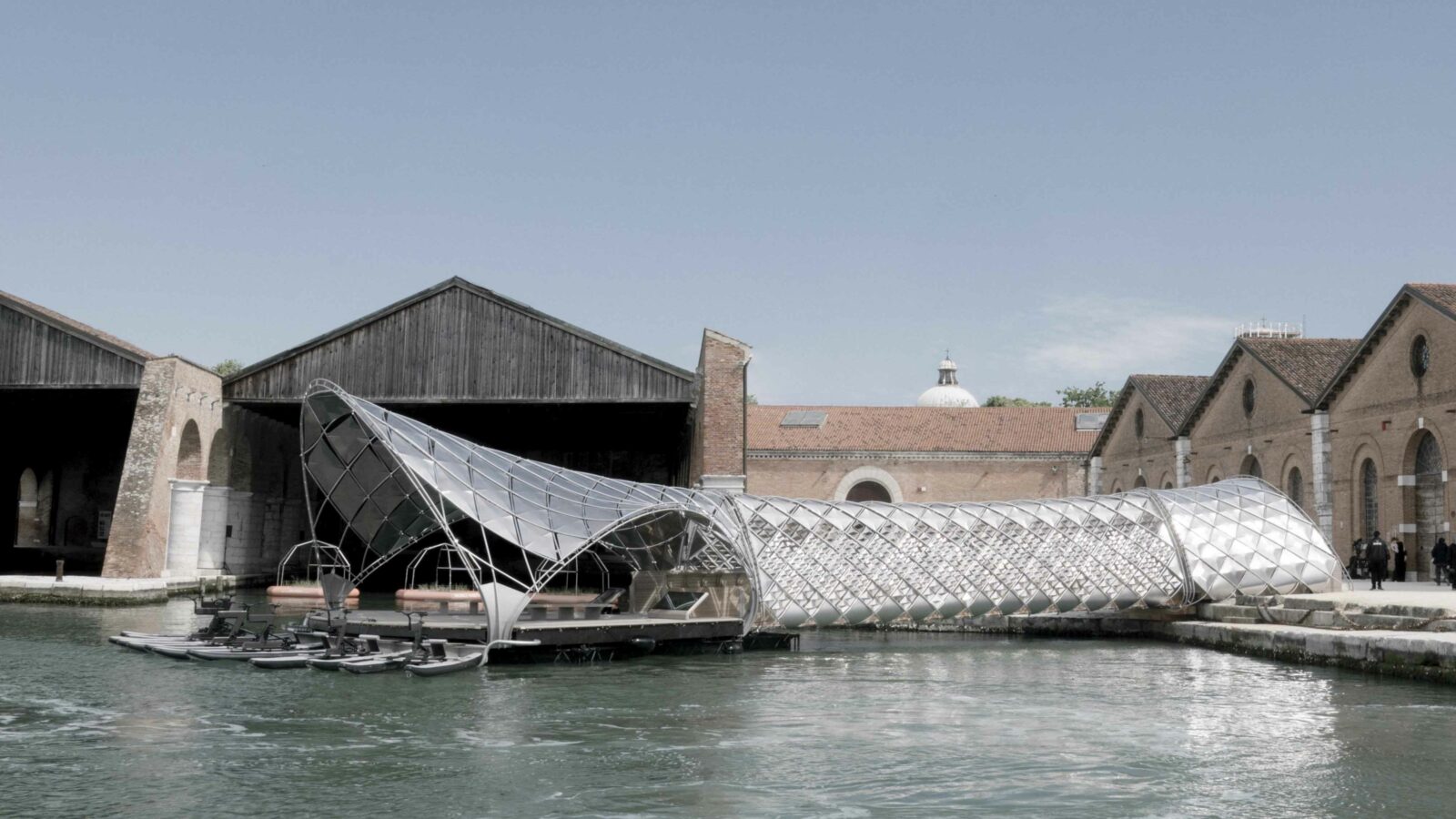
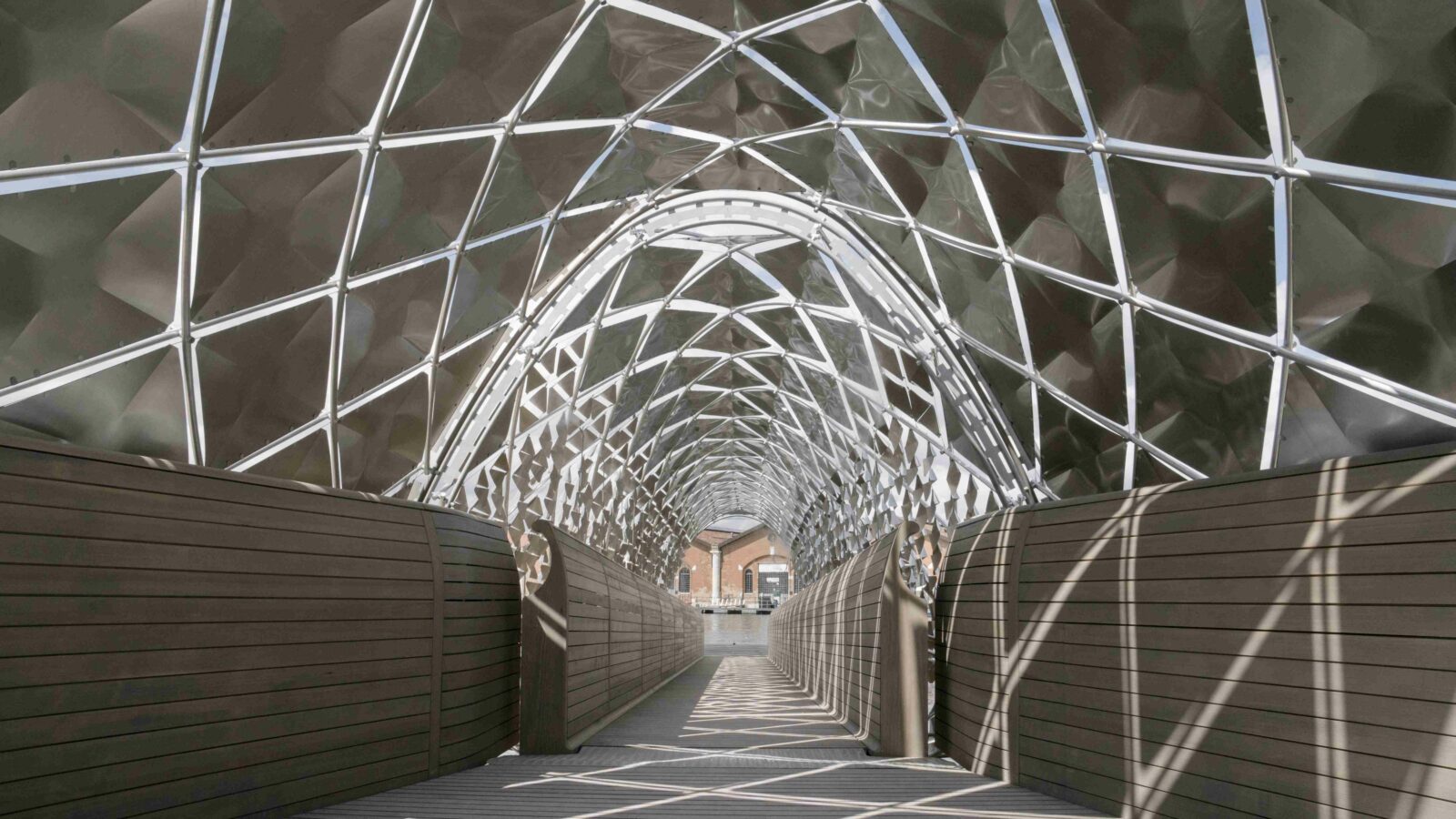
“Gateway to Venice’s Waterway” behind the scenes
Sketches, models, and documentation of the design process are being shown at Palazzo Pisani Moretta, offering a unique look into how the collaboration came to be. Alongside the installation itself, visitors can also see work by students from Style Porsche and Studio F.A. Porsche Zell am See, who have contributed alternative ideas for sustainable urban transport.
For Porsche, this initiative adds to the brand’s ongoing effort to engage with creative disciplines outside of the automotive industry. Since 2021, “The Art of Dreams” has invited artists, designers, and architects to explore the theme of dreams through temporary installations presented at international events such as Milan Design Week, Frieze Seoul, and Art Basel Miami. Past contributors include Ruby Barber, Audrey Large, Chris Labrooy, and Numen/For Use, with each project taking a different approach to interpreting how we imagine the future.
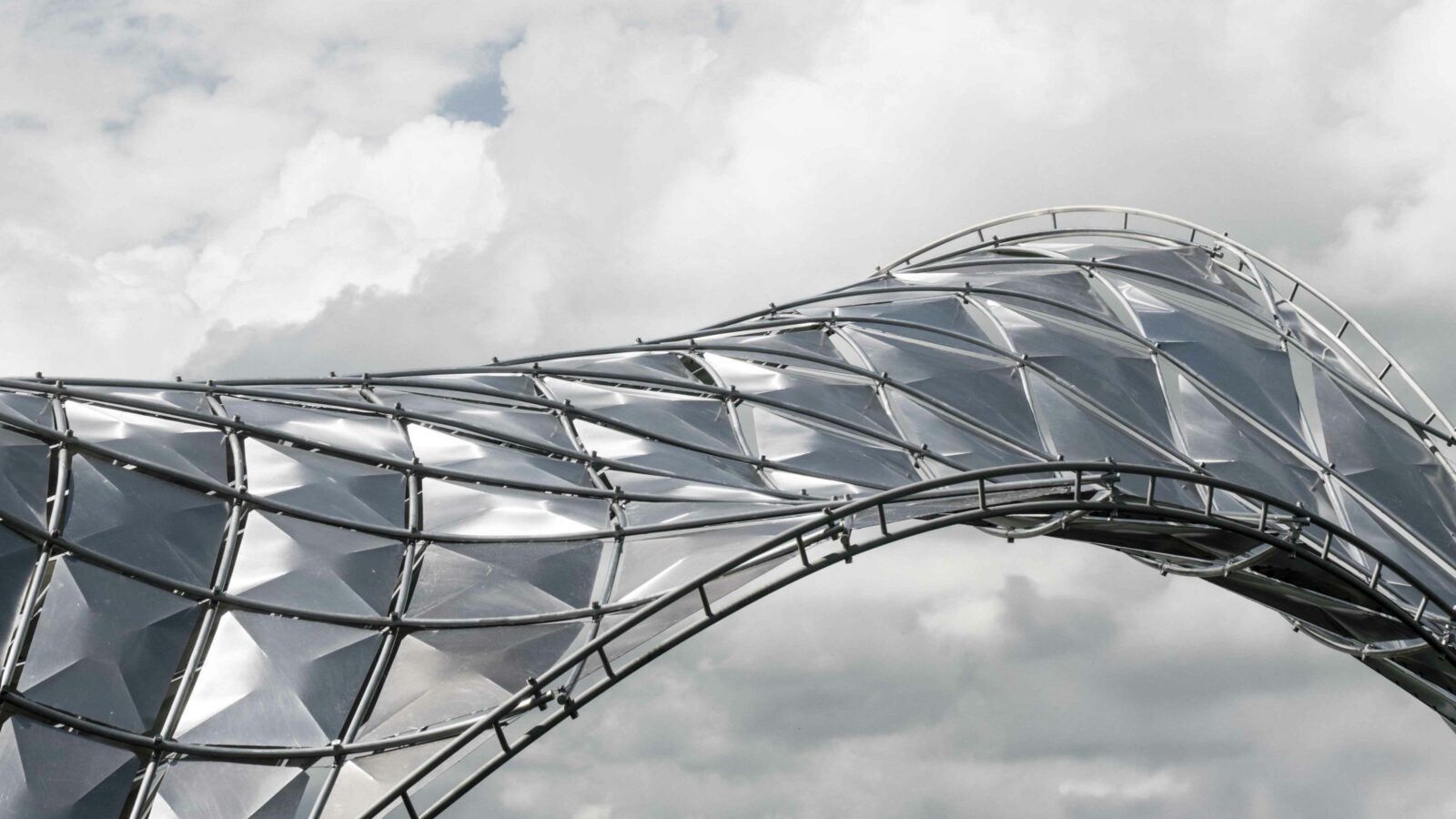
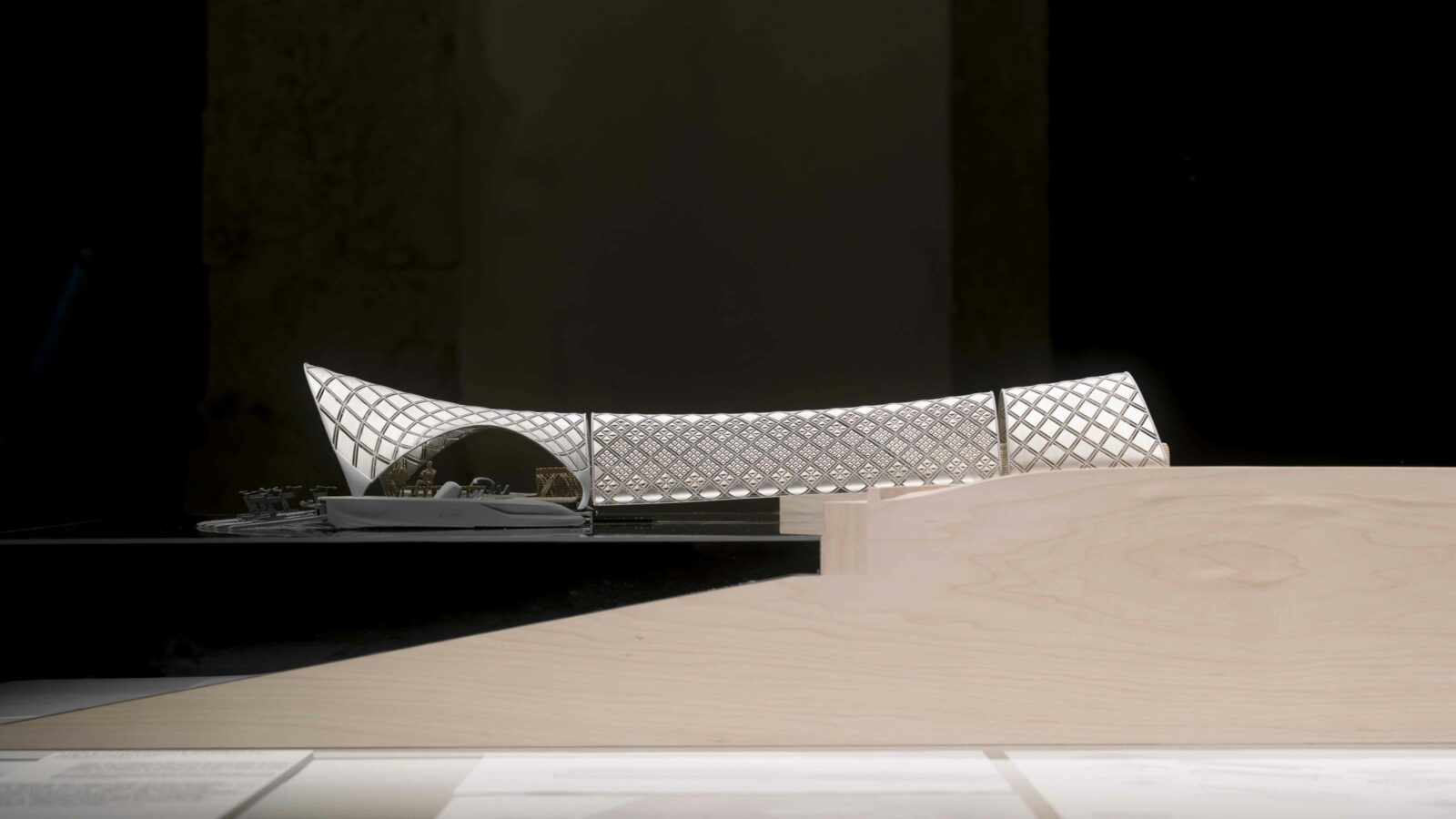
The Norman Foster Foundation, based in Madrid and led by architect Norman Foster, shares a similar outlook. Founded in 1999, the Foundation is known for supporting interdisciplinary research into the built environment and its role in improving our quality of life. In the words of Norman Foster:
“In this project, dreaming meant imagining a Venice where historic preservation and advanced mobility coexist. We have created a blueprint for urban innovation that respects the past while embracing the future.”

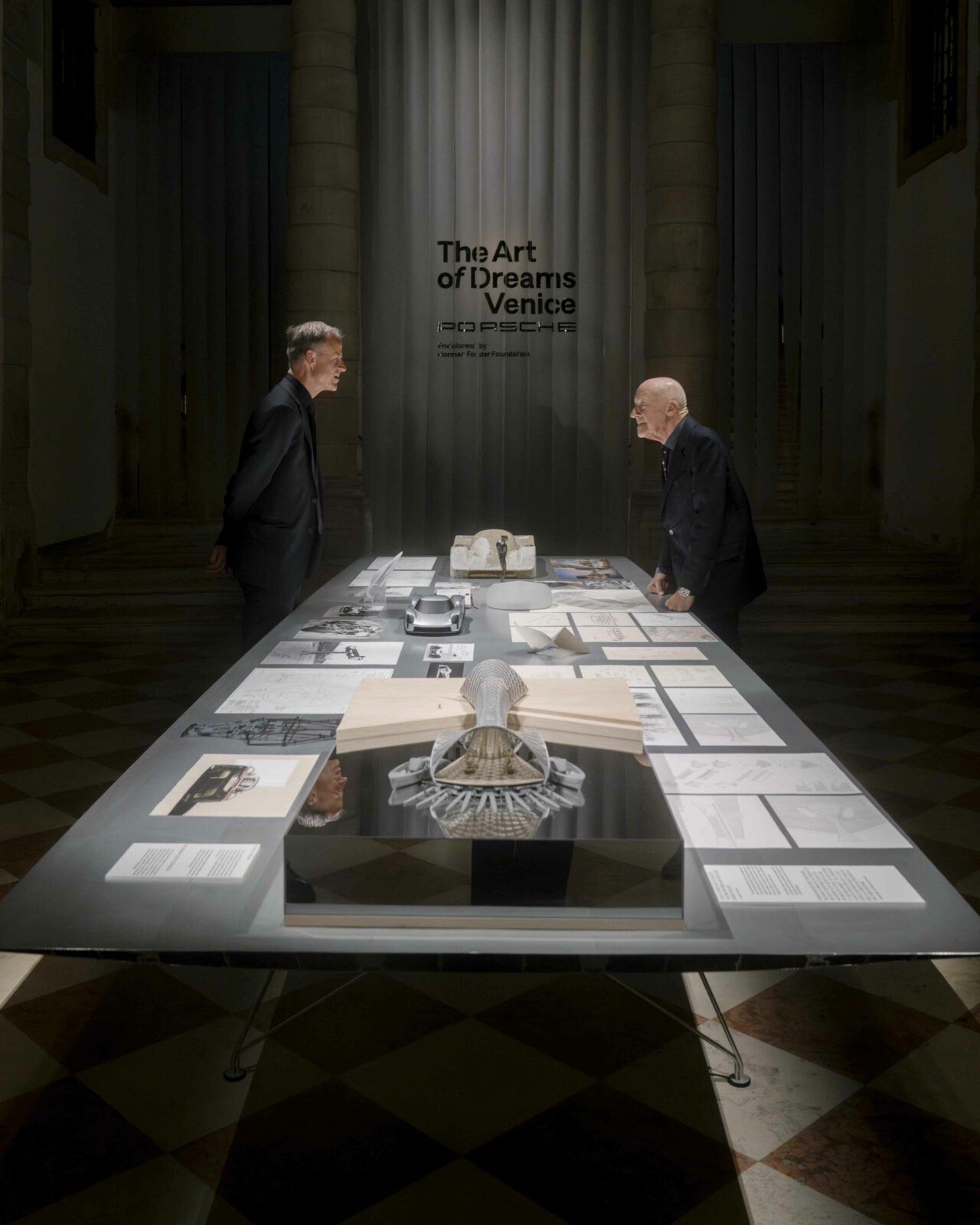
“Gateway to Venice’s Waterway” is not presented as a finished solution but rather as a proposal that invites the world to discuss how mobility systems can be integrated into sensitive urban environments without compromising their character. As the first step in a growing partnership between Porsche and the Norman Foster Foundation, the project seems to be setting the tone for further explorations into how technology, design, and architecture can respond to the challenges of urban life.
“The exchange with Lord Norman Foster and his team is a very valuable source of inspiration. This look beyond the confines of pure vehicle design provides us with important impulses for the consistent, but also future-oriented direction of our brand.”
Michael Mauer, Vice President of Style Porsche









